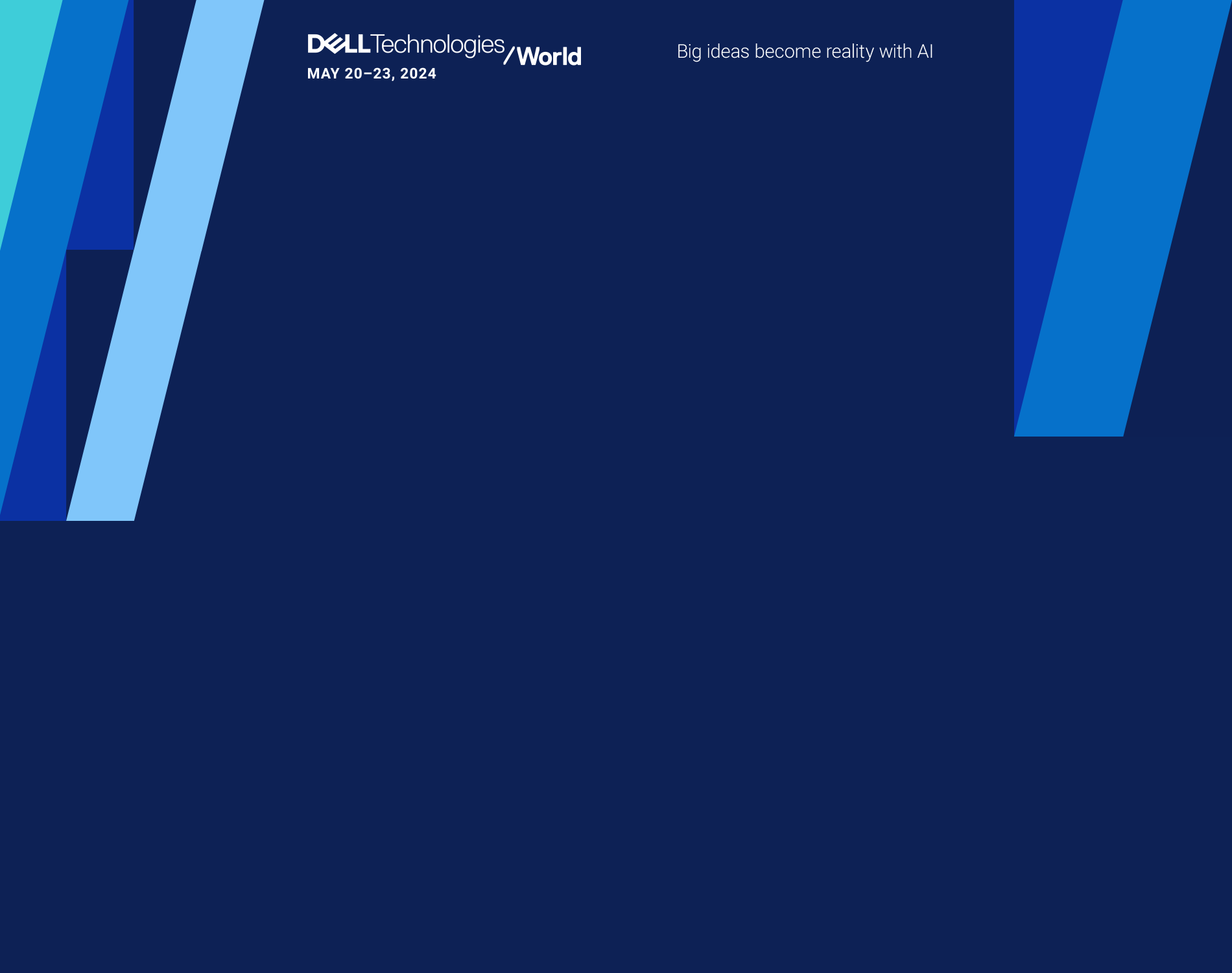Advances in technology are fundamentally changing the way networks are designed, deployed, and operated in the cloud. Technological changes are creating new requirements and methods for building data center networks. In this wave of change, the industry is focusing on next-generation data centers with open, standard, interoperable architectures that are based on SDN paradigms. The key is understanding how to build a data center network architecture and the innovation brought to these networks beyond automation and orchestration.
The basic ingredients of a successful solution
The basic characteristics of a successful architecture must include high-speed connectivity, low latency, redundancy, and resilience. In virtualized cloud data centers, additional attributes must include network and storage convergence and orchestration, as well as the ability to rapidly deploy new services, in an agile and scalable way. Services include network and security functions that need to be inserted along with the network and storage resources for a given service. This is the ideal time to introduce software-defined network architecture. Such a network can provide faster throughput and improved management, visibility, and control. By integrating with orchestration solutions such as OpenStack or VMware vCloud, customers can reduce operational costs substantially.
An open SDN standard-based approach in data centers avoids bottlenecks caused by using a particular technology that can cost organizations more money. This is one of the reasons why the industry is moving to a new way of building networks.
Open industry initiatives
Once the industry began accepting more open and interoperable technologies in the cloud, it’s no wonder that initiatives in this area started gaining ground and prestige. SDN and industry efforts can transform the networking industry with an open-source platform on which innovative solutions can be built.
Red Hat OpenShift vs Kubernetes
When talking about OpenShift vs Kubernetes, you often find the word “containerization”, a concept that enables companies to become more agile and scalable. According to a Red hat report released in 2021, containers have become the number one IT priority for developers, as 46% of companies surveyed saw container-based applications as the top software development priority for the next year.
Both Kubernetes and OpenShift feature a robust and scalable architecture that enables rapid and large-scale application development and deployment. Let’s briefly define the two solutions and then see the difference between them.
Kubernetes is an open-source container-as-a-service (CaaS) framework created by Google developers and released in 2014. At its core, Kubernetes is a portable, open-source containerization system that allows developers to manage services and workloads. The system automates application deployment, scaling, and operations.
OpenShift is a family of containerization software offerings created by open-source software provider Red Hat. According to the company, Kubernetes is the kernel of distributed systems, while OpenShift is the distribution. At its core, OpenShift is a cloud-based Kubernetes container platform that’s considered both containerization software and a platform-as-a-service (PaaS). A more detailed analysis of Red Hat OpenShift vs Kubernetes can be read here.
IBM: The only way for a company to survive in the multicloud world
According to a blog post signed by Roland Barcia (cloud and data platform adoption expert at IBM) the only way for a company to survive in the hybrid, multicloud world is to embrace open technologies.
“Over the decades, IBM learned many lessons, including the importance of being open, meaning open source, open APIs, and open governance. The only way for a company to survive in the hybrid, multicloud world is to embrace open technologies. It’s the only way to guarantee that your applications are portable, that your team’s skills can be used across clouds and on-premises environments, and that you’re making the most of your training dollars. If your organization is committed to hybrid and multicloud principles, you need to make a few decisions to turn those principles into reality”, he writes.
IBM embraced Red Hat OpenShift as its open, hybrid, multicloud platform.
What’s next?
Virtualization, cloud, SDN, and convergence are creating a unique architecture and technologies in data centers all around the world. From these new technologies, scalable, agile, efficient, and high-performance data center solutions can be built and deployed using open and interoperable industry-supported approaches, as open industry-supported solutions gain more and more ground in building cloud architectures.
























